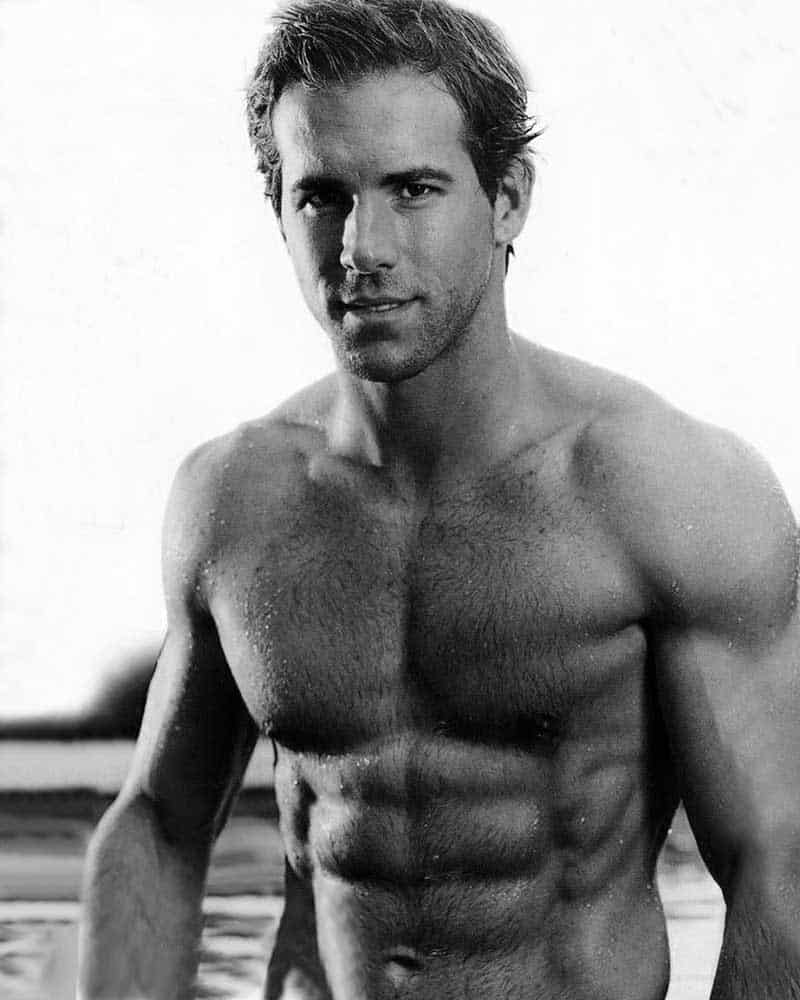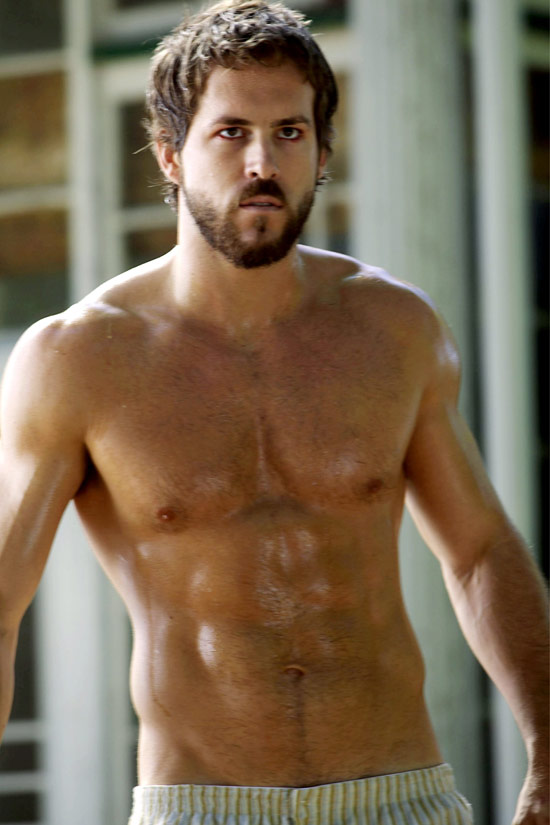Each Green Lantern possesses a power ring and power lantern that gives the user great control over the physical world as long as the wielder has sufficient willpower and strength to wield it. The ring is one of the most powerful weapons in the universe and can be very dangerous. While the ring of the Golden Age Green Lantern (Alan Scott) is magically powered, the rings worn by all subsequent Lanterns are technological creations of the Guardians of the Universe, who granted such rings to worthy candidates. This shift to a technological explanation reflects the comic book industry's tendency to explain extraordinary powers through science and reasoning rather than magic.[citation needed] These individuals made up the intergalactic police force known as the Green Lantern Corps.
After World War II, when sales of superhero comic books generally declined, DC ceased publishing new adventures of Alan Scott as the Green Lantern. In 1959, at the beginning of the Silver Age of Comic Books, DC editor Julius Schwartz assigned writer John Broome and artist Gil Kane to revive the Green Lantern character, this time as test pilot Hal Jordan who became a founding member of the Justice League of America. In 1970, writer Denny O'Neil and artist Neal Adams teamed Green Lantern with archer Green Arrow in groundbreaking, socially conscious, and award-winning stories that pitted the sensibilities of the law-and-order-oriented Green Lantern with the populist Green Arrow. Several cosmically-themed series followed, as did occasional different individuals in the role of Earth's Green Lantern. Most prominent of these are Hal Jordan, John Stewart, Guy Gardner, and Kyle Rayner.
Each of the Earth's Green Lanterns has been a member of either the Justice Society of America or the Justice League of America, and John Stewart was featured as one of the main characters in both the Justice League and the Justice League Unlimited animated series. The Green Lanterns are often depicted as being close friends of the various men who have been the Flash, the most notable friendships having been between Alan Scott and Jay Garrick (the Golden Age Green Lantern and Flash), Hal Jordan and Barry Allen (the Silver Age Green Lantern and Flash), and Kyle Rayner and Wally West (the modern-age Green Lantern and Flash), as well as Jordan being friends with West.
Green Lantern was created by Martin Nodell (using the name Mart Dellon) and Bill Finger. He first appeared in the Golden Age of comic books in All-American Comics #16 (July 1940), published by All-American Publications, one of three companies that would eventually merge to form DC Comics.
This Green Lantern's real name was Alan Scott, a railroad engineer who, after a railway crash, came into possession of a magic lantern which spoke to him and said it would bring power. From this, he crafted a magic ring which gave him a wide variety of powers. The limitations of the ring were that it had to be "charged" every 24 hours by touching it to the lantern for a time, and that it did not work on objects made of wood.
Nodell had originally planned to give the Green Lantern the alter ego "Alan Ladd," this being a linguistic twist on Aladdin, who had a magic lamp and magic ring of his own. DC considered the wordplay distracting and foolish, and the character's name was changed before publication to "Alan Scott." In May 1942, the film This Gun for Hire suddenly made the journeyman actor Alan Ladd a movie star. Nodell would always joke that they had missed a great opportunity.
The Green Lantern was a popular character in the 1940s, featured in both All-American Comics and in his own title and co-starring in Comic Cavalcade along with Flash and Wonder Woman. He was a charter member of the Justice Society of America, whose adventures ran in All Star Comics. After World War II, the popularity of superheroes declined. The Green Lantern comic book was cancelled with issue #38 (May–June 1949). All Star Comics #57 (1951) was the character's last Golden Age appearance.
Following the successful revival of the Flash in Showcase #4 (Oct. 1956), a new Green Lantern was introduced in Showcase #22 (September–October 1959). This Green Lantern was Hal Jordan, a test pilot who was given a power ring by a dying alien, Abin Sur, and who became a member of the Green Lantern Corps, an interstellar organization of police overseen by the Guardians of the Universe. The Corps' rings were powerless against anything colored yellow, due to a yellow-colored "dopant" in the master power generator located on Oa, where the Guardians maintained their headquarters, without which dopant the master generator would not function as such. Jordan's creation was motivated by a desire to make him more of a science fiction hero, editor Julius Schwartz having been a longtime fan of that genre and literary agent who saw pop-culture tastes turning in that direction. With issue #76 (April 1970), the series made a radical stylistic departure. Editor Schwartz, in one of the company's earliest efforts to provide more than fantasy, worked with the writer-artist team of Denny O'Neil and Neal Adams to spark new interest in the comic and address a perceived need for social relevance. They added the character Green Arrow (with the cover though not the official name retitled Green Lantern Co-Starring Green Arrow) and had the pair travel through America encountering "real world" issues, to which they reacted in different ways — Green Lantern as fundamentally a lawman, Green Arrow as a liberal iconoclast. Additionally during this run, the groundbreaking "Snowbirds Don't Fly" story was published (issues #85 and #86) in which Green Arrow's teen sidekick Speedy (the later grownup hero Red Arrow) developed a heroin addiction that he was forcibly made to quit. The stories were critically acclaimed, with publications such as The New York Times, The Wall Street Journal, and Newsweek citing it as an example of how comic books were "growing up". However, the O'Neil/Adams run was not a commercial success, and after only 14 issues, the two left the title, which was cancelled.
After World War II, when sales of superhero comic books generally declined, DC ceased publishing new adventures of Alan Scott as the Green Lantern. In 1959, at the beginning of the Silver Age of Comic Books, DC editor Julius Schwartz assigned writer John Broome and artist Gil Kane to revive the Green Lantern character, this time as test pilot Hal Jordan who became a founding member of the Justice League of America. In 1970, writer Denny O'Neil and artist Neal Adams teamed Green Lantern with archer Green Arrow in groundbreaking, socially conscious, and award-winning stories that pitted the sensibilities of the law-and-order-oriented Green Lantern with the populist Green Arrow. Several cosmically-themed series followed, as did occasional different individuals in the role of Earth's Green Lantern. Most prominent of these are Hal Jordan, John Stewart, Guy Gardner, and Kyle Rayner.
Each of the Earth's Green Lanterns has been a member of either the Justice Society of America or the Justice League of America, and John Stewart was featured as one of the main characters in both the Justice League and the Justice League Unlimited animated series. The Green Lanterns are often depicted as being close friends of the various men who have been the Flash, the most notable friendships having been between Alan Scott and Jay Garrick (the Golden Age Green Lantern and Flash), Hal Jordan and Barry Allen (the Silver Age Green Lantern and Flash), and Kyle Rayner and Wally West (the modern-age Green Lantern and Flash), as well as Jordan being friends with West.
Green Lantern was created by Martin Nodell (using the name Mart Dellon) and Bill Finger. He first appeared in the Golden Age of comic books in All-American Comics #16 (July 1940), published by All-American Publications, one of three companies that would eventually merge to form DC Comics.
 Ryan Reynold Workout |  pictures ryan reynolds body |  KellyOlexa.com - Body |  Green Lantern |  Ryan Reynolds in Green Lantern |
 Ryan Reynolds is well-known |  KellyOlexa.com - Body |  his role as Green Lantern. |  The Green Lantern |  ryan reynolds green lantern |
The Green Lantern was a popular character in the 1940s, featured in both All-American Comics and in his own title and co-starring in Comic Cavalcade along with Flash and Wonder Woman. He was a charter member of the Justice Society of America, whose adventures ran in All Star Comics. After World War II, the popularity of superheroes declined. The Green Lantern comic book was cancelled with issue #38 (May–June 1949). All Star Comics #57 (1951) was the character's last Golden Age appearance.
 ryan reynolds body in green |  dresses ryan reynolds body for |  ryan reynolds body in green |  Photo: Ryan Reynolds In Green |  Cast Member Ryan Reynolds |
 Ryan Reynolds Body – green |  Green Lantern (Ryan Reynolds) |  How about Ryan Reynolds, Green |  Goldman Sachs Tower at Jersey |  Goldman Sachs Tower in Jersey |
No comments:
Post a Comment